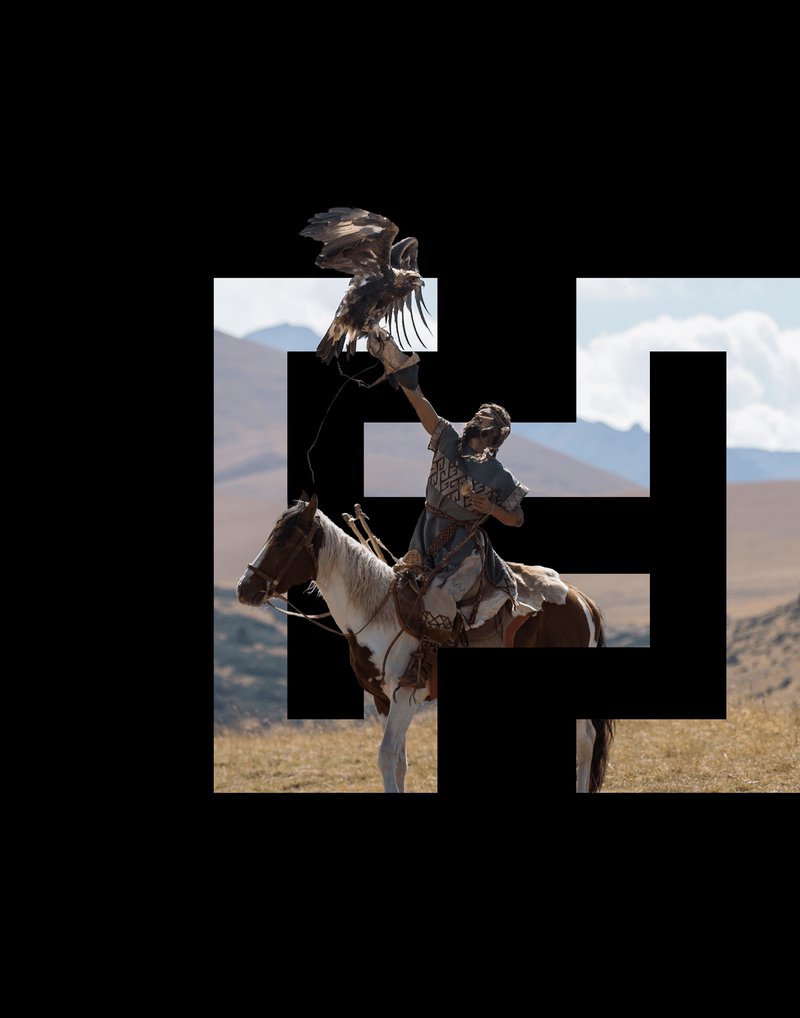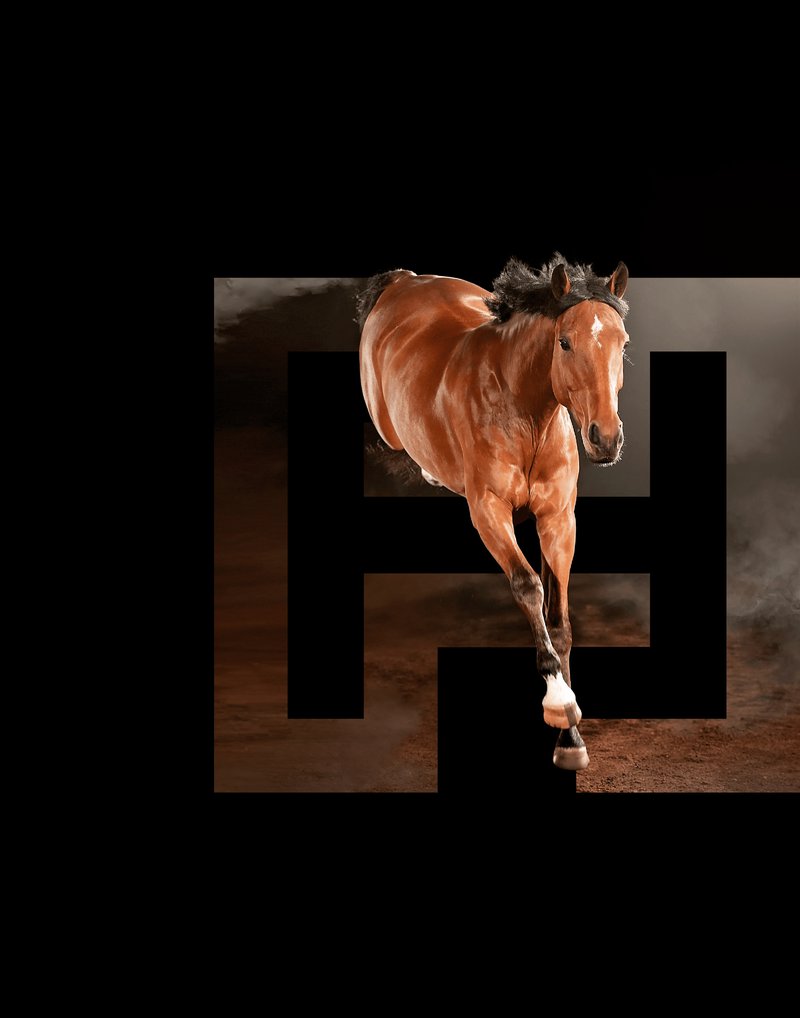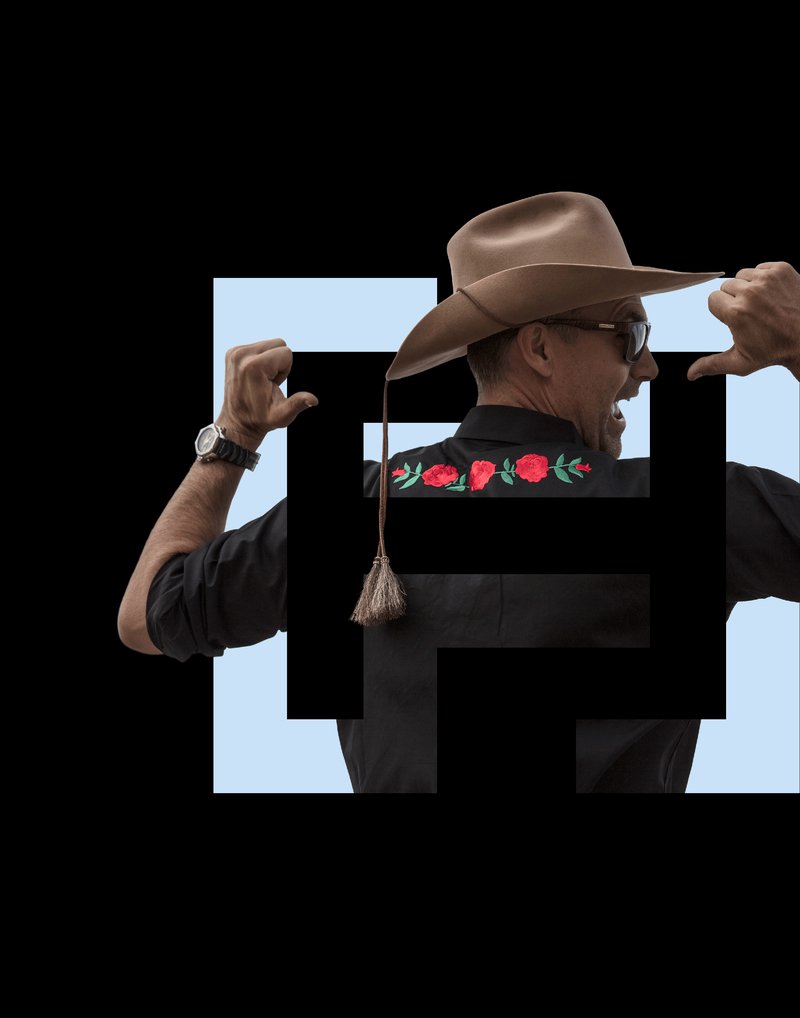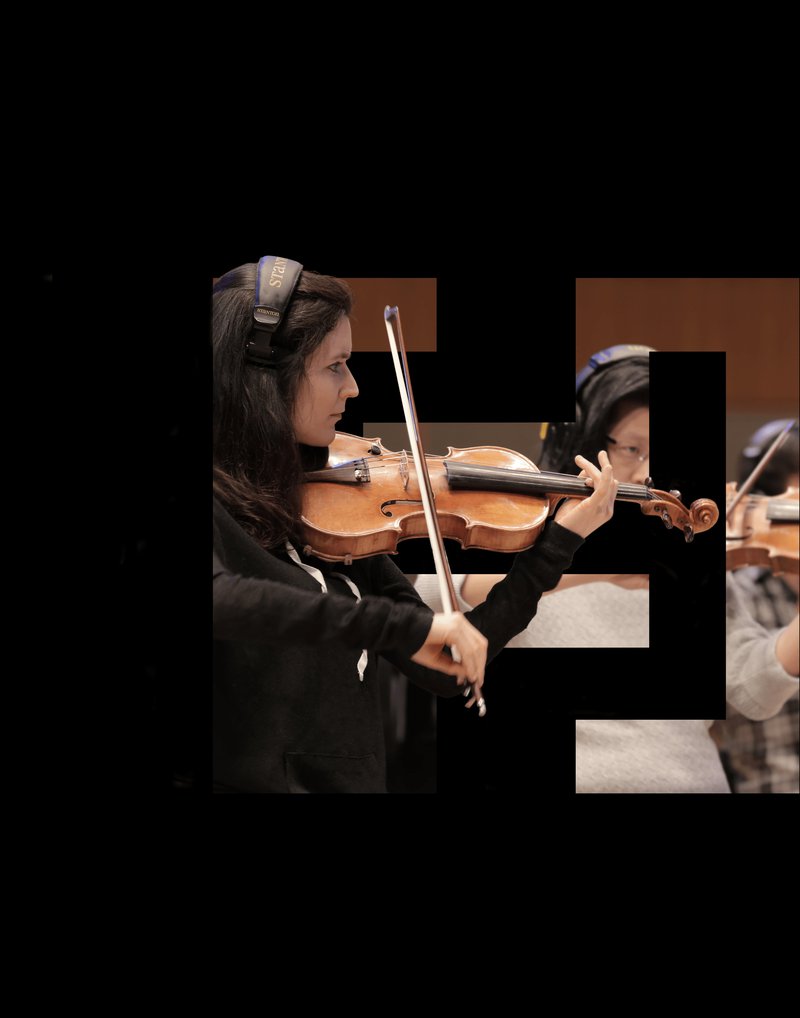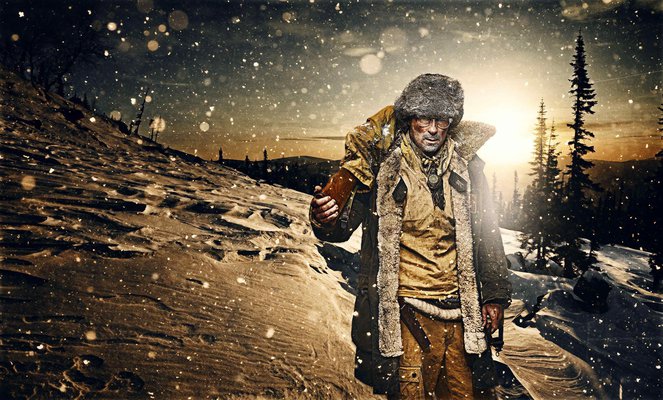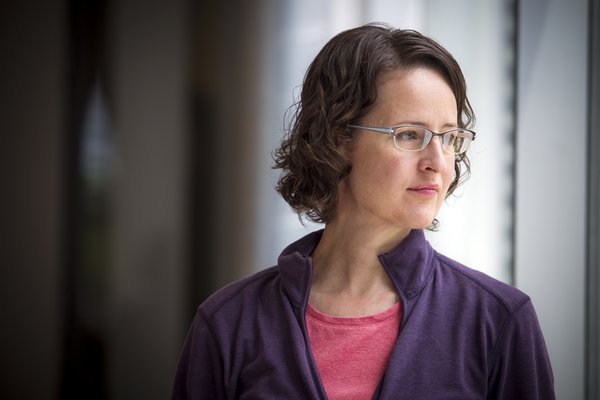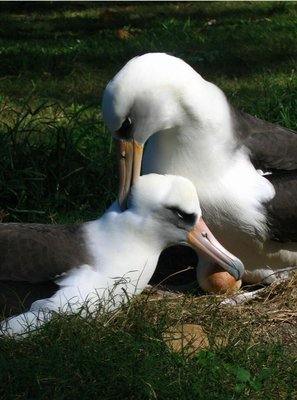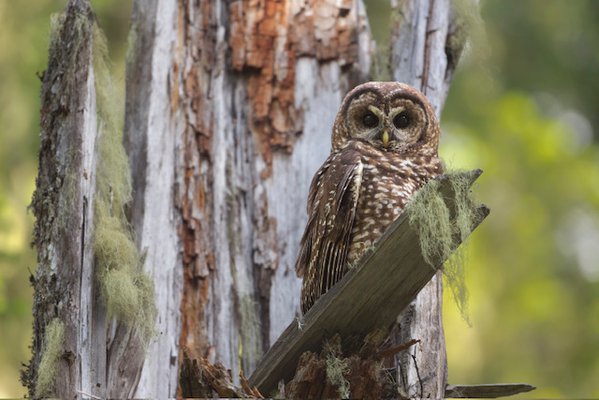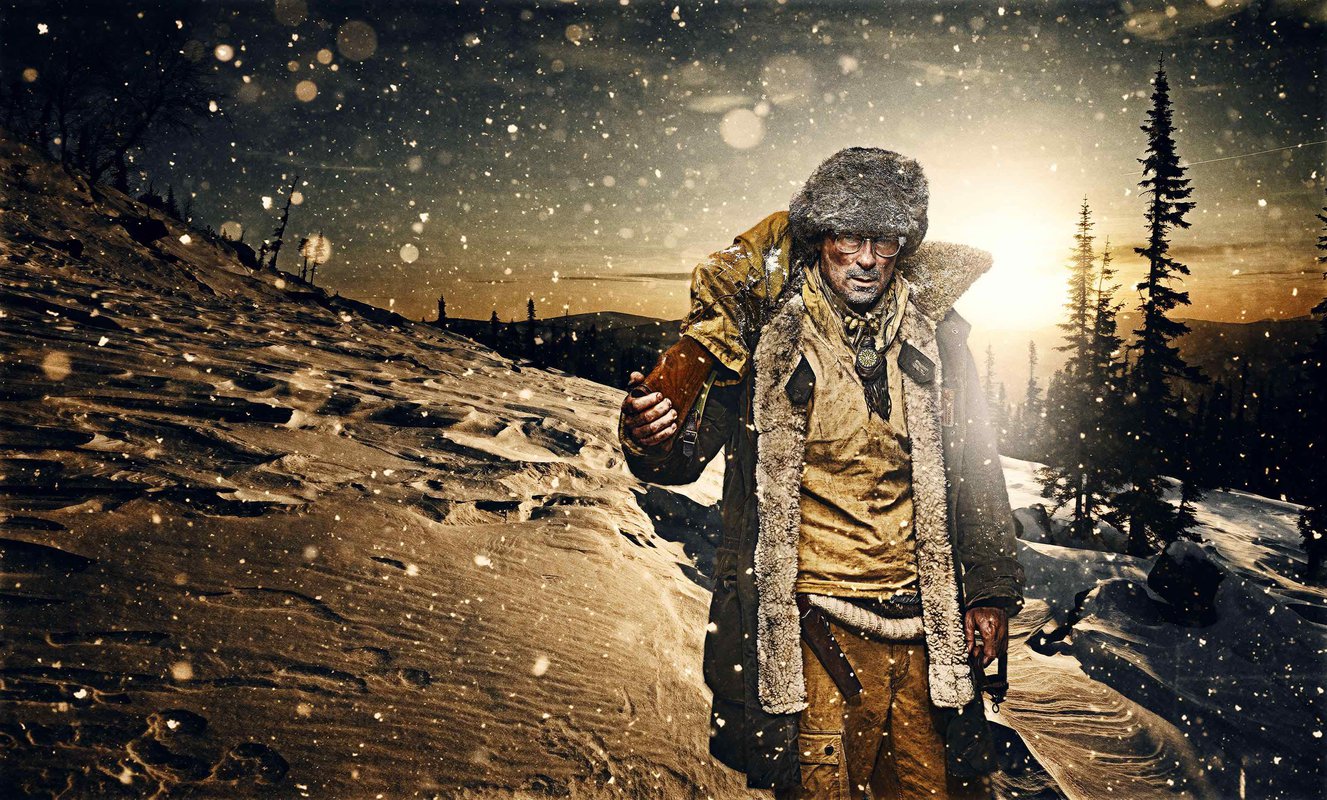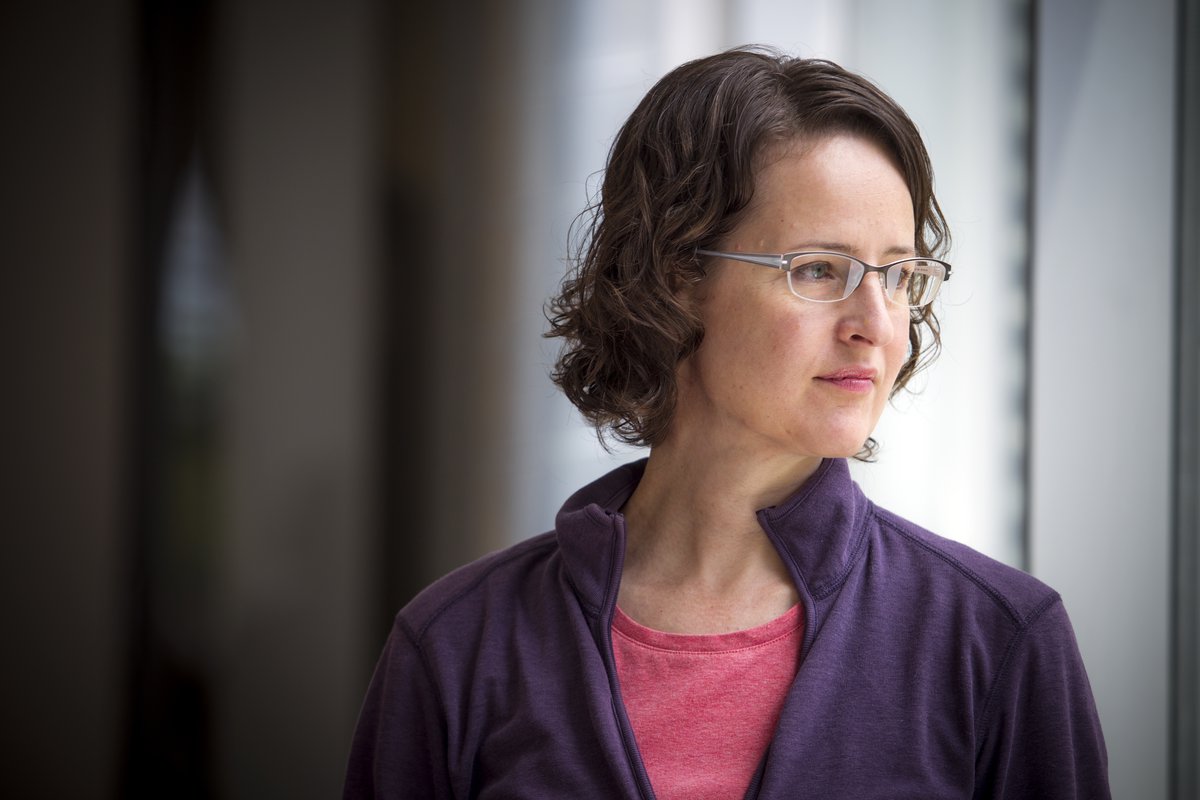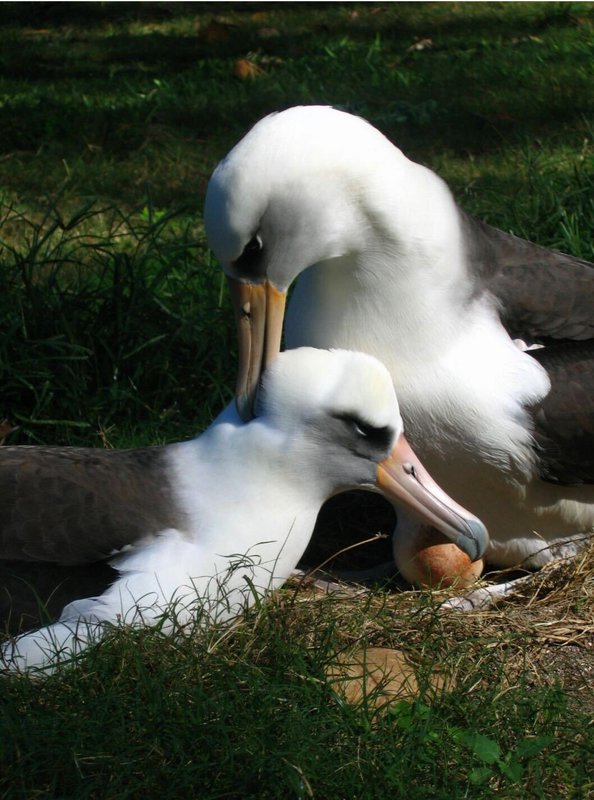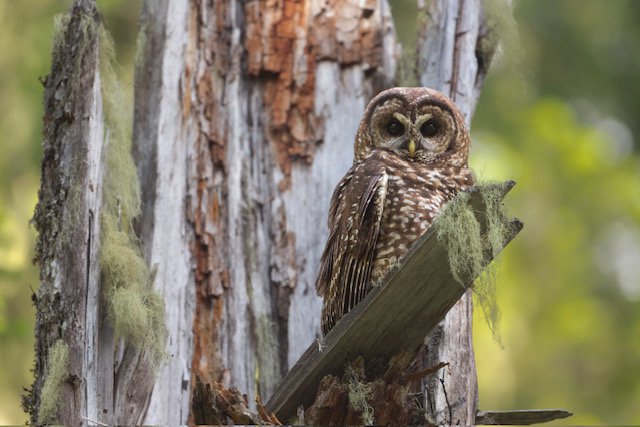Hunt for the Oldest DNA
A Lost World in a Spoonful of Dirt.
Maverick gene-hunter Eske Willerslev smashes the record for the oldest DNA ever recovered. His findings reveal a lost world – a High-Arctic forest full of surprising animals, from camels to mastodons, that thrived millions of years ago. Ancient genes from a warmer age offering secrets for our own survival.
Coproduced by Handful of Films and HHMI/Tangled Bank Studios for PBS/NOVA, DR and ZDF. Available for international pre-sales and acquisitions of feature-length and one-hour versions.
Delivery in early 2024.

Frozen In Time
Frozen In Time is the story of a fallen star of science – vertebrate paleontologist Natalia Rybczynski – who stood at the forefront of her field when she was stopped in her tracks by a traumatic brain injury. In the first decade of her spectacular career, she reported a series of intoxicating discoveries from her fieldwork in the remote High Arctic, each one hinting at a rich forest world full of surprising creatures before the Ice Age.
The land-walking ancestor of seals, the evolutionary origins of desert camels in Arctic snows, the first appearance of dam-building beavers, and the emergence of mammalian night vision. Even the “mother bear” – the single species that speciated into all the diverse bears we know on Earth today. What was this weird lost world, and what has it given to us today?

Animal Pride
Animal Pride is currently in post production as a 44” for CBC. Looking for international presales and acquisitions for 52” version outside of Canada.
In this story, we follow Connel Bradwell, a Queer wildlife biologist and educator, on a fun and fascinating journey to understand a vital issue: where do diverse gender expressions and queer sexual behaviours exist throughout the animal kingdom and why have we been missing them? Connel has always held a deep love for nature but has wondered why his sexuality has not been reflected in the animal kingdom: his identity has even been called unnatural by some.
To better understand Queerness in nature, Connel goes on a journey that brings him face-to-face with new places, new species, and captivating researchers who are helping to uncover the truth about the diversity of gender and sexuality in the natural world. Along the way, he hears about same-sex parenting and bonding in seabirds, female sexual play in monkeys, and about homosexual penguin behaviour that was hidden from the public for almost a century. In Animal Pride, it becomes abundantly clear that it is time nature comes out of the closet.

The Last Nest
Somewhere out there, the fate of a species rests with one little bird.
A Production of Handful of Films for delivery early 2025
Written and Produced by Carolyn Whittaker
In the last surviving stands of Pacific Old Growth Forest, the rare and endangered spotted owl nests in the bark of towering Douglas fir trees. These owls have no other habitat. When the forests disappear, so do they. But in Canada, all that is left of the wild spotted owl is a one 8-inch tall, older female with only a handful of breeding years left. Today, a union of conservation scientists, First Nations guardians and one determined nature photographer is throwing a Hail Mary pass in an attempt to find this lonely bird a mate and save the species.
Once, majestic stands of Old Growth forests blanketed the Pacific Coast from northern California to Alaska. Now, only remnants remain, most on sleep slopes in inaccessible canyons penetrating the Coastal Range. The location of the last spotted owl in the wild is a closely guarded secret, kept by the Spuzzum First Nation (Spô'zêm), whose territory it calls home, and a handful of conservation scientists working with them. Our documentary team has a relationship of trust with both, and exclusive access to the nesting sites.
We also have a wonderful human character: ecologist and photographer Jess Findlay, who captured one of sthe last known image of the elusive spotted owl in 2020. Alongside indigenous guardians, Jess is now on a quest to find the last nest and follow the fate of its owl. Meanwhile, a non-profit captive breeding program in Langley, BC, is raising spotted owls in captivity, with a plan to release a male into the rugged Fraser Canyon that can find its wild mate.
In The Last Nest, we will follow the released male into the wilderness, and hope to witness the union of these two birds, a successful mating, and the birth of a wild chick. We cannot know how events will unfold, but whatever the outcome, we have access to the home forest of the wild female and to the male owls in captivity, as well as the expertise to capture extraordinary footage of these rare birds.
At heart, this is a nailbiter of a story about two birds, on whose tiny shoulders rests the fate of a species. But our documentary is also a commentary on survival and extinction, and the choices we make. The spotted owl is the iconic “canary in the coal mine” for our last remaining Old Growth Forests. In the face of an economy hungry for natural resources, can we save endangered species like the spotted owl? And what does is say about us if we can’t?

